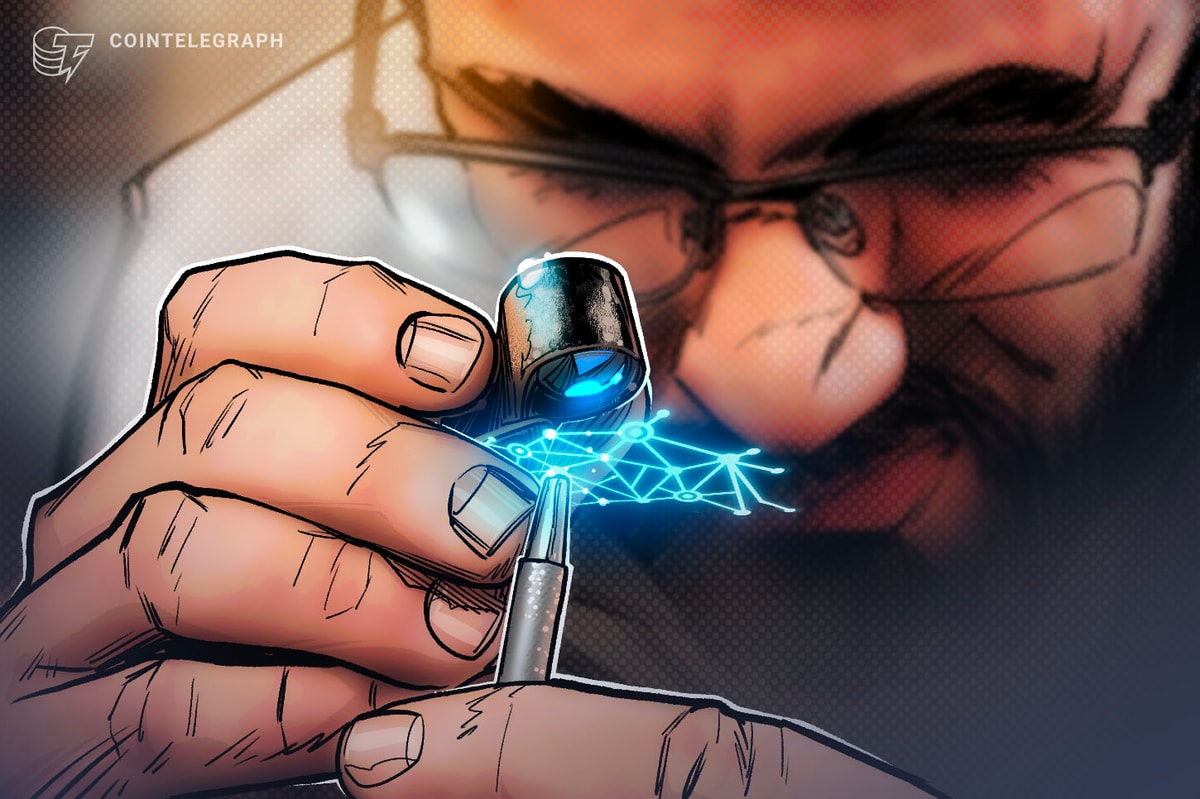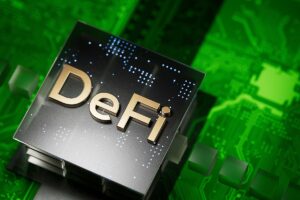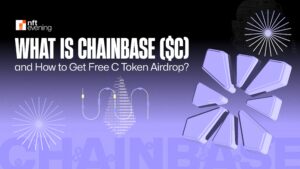Unlocking Crypto’s Future: The Case for Minimum Viable Decentralization

Rethinking Decentralized Finance: The Case for Minimum Viable Decentralization
The Disconnect Between DeFi and Trader Needs
In the quest for decentralization, the cryptocurrency sector has often overlooked its primary audience: the traders. The current landscape prioritizes ideological principles over practical applications, which has alienated serious traders and pushed DeFi users toward centralized alternatives. For decentralized finance to evolve beyond mere speculation and become a viable competitor to traditional finance (TradFi), it must prioritize performance.
Learning from TradFi’s Evolution
The 1990s marked a pivotal transformation in traditional finance. Since the inception of futures trading in the 19th century, financial markets have developed into one of the most liquid ecosystems globally. The late 20th century saw a significant advancement with the rise of electronic trading platforms, leading to the dominance of high-frequency trading (HFT). TradFi established a robust technical framework focused on the needs of traders, emphasizing speed, reliability, and execution, which in turn fostered global scalability and institutional trust.
Conversely, decentralized finance emerged from a philosophical standpoint, emphasizing decentralization, permissionless access, and resistance to censorship. However, this focus has led to performance challenges, including slow block times, unpredictable transaction processing, and unreliable finality. For instance, Ethereum’s block times of 12-15 seconds make it unsuitable for high-frequency trading, prompting successful projects like dYdX to migrate away from the platform. Additionally, issues like maximal extractable value (MEV) allow validators to manipulate trades, undermining user trust and execution quality.
These technical shortcomings can severely impact price integrity, create slippage, and deter serious traders from engaging with DeFi. Even leading DeFi protocols struggle to maintain a robust user base and significant trading volume, highlighting that while ideology is inspiring, infrastructure is essential for growth.
Infrastructure: The Key to Trader Satisfaction
Despite being designed to solve the issues associated with centralized platforms—such as intermediaries, lengthy settlement times, and lack of transparency—traders, particularly those involved in high-frequency and institutional trading, prioritize performance above all else. They require execution times measured in milliseconds, consistent uptime during market volatility, and swift, predictable trade settlements.
For DeFi to effectively compete with TradFi, its decentralized infrastructure must meet advanced technical benchmarks, including readiness for high-frequency trading, sub-100 millisecond block times, one-second finality, high-throughput order books, minimal inclusion latency, and near-perfect uptime.
Balancing Speed and Decentralization
One of the significant challenges in Web3 is the misconception that decentralization is an all-or-nothing proposition. Many developers believe that maximizing decentralization equates to success, while others fear compromising their ideals. The concept of minimum viable decentralization (MVD) offers a pragmatic approach, suggesting that protocols can retain essential decentralized features while enhancing performance.
MVD posits that it is possible to maintain sufficient decentralization to uphold the core values of DeFi without sacrificing speed and efficiency. By focusing on the least amount of decentralization necessary for trustless execution, developers can optimize critical factors such as latency, finality, and throughput.
Emerging blockchain technologies are beginning to exemplify this shift, striking a balance between user sovereignty and efficient validator sets, rapid finality consensus, and parallel execution. While MVD is still in its infancy, it presents a unique opportunity for developers to create infrastructure that is both open and user-friendly.
The Future of DeFi: Embracing MVD
For decentralized finance to transition from its experimental phase to a mainstream financial alternative, it must fully adopt the principles of MVD. The urgency for speed is evident as institutions increasingly invest in digital assets and retail investors explore new opportunities.
DeFi is currently undergoing rapid changes, with derivatives emerging as one of its fastest-growing sectors. Decentralized perpetual markets are projected to handle over $351 trillion by 2031, reflecting a growth rate exceeding 138% annually, potentially rivaling the scale of traditional finance. However, many of these protocols still face limitations due to layer-1 dependencies, rollup delays, and unpredictable settlement times.
To succeed, DeFi must prioritize performance and speed while ensuring enough decentralization to build user trust. The future of decentralized finance hinges on its ability to adapt and innovate, making MVD a crucial component of its evolution.
This article is intended for informational purposes only and should not be construed as legal or investment advice. The opinions expressed herein are solely those of the author and do not necessarily reflect the views of Cointelegraph.







